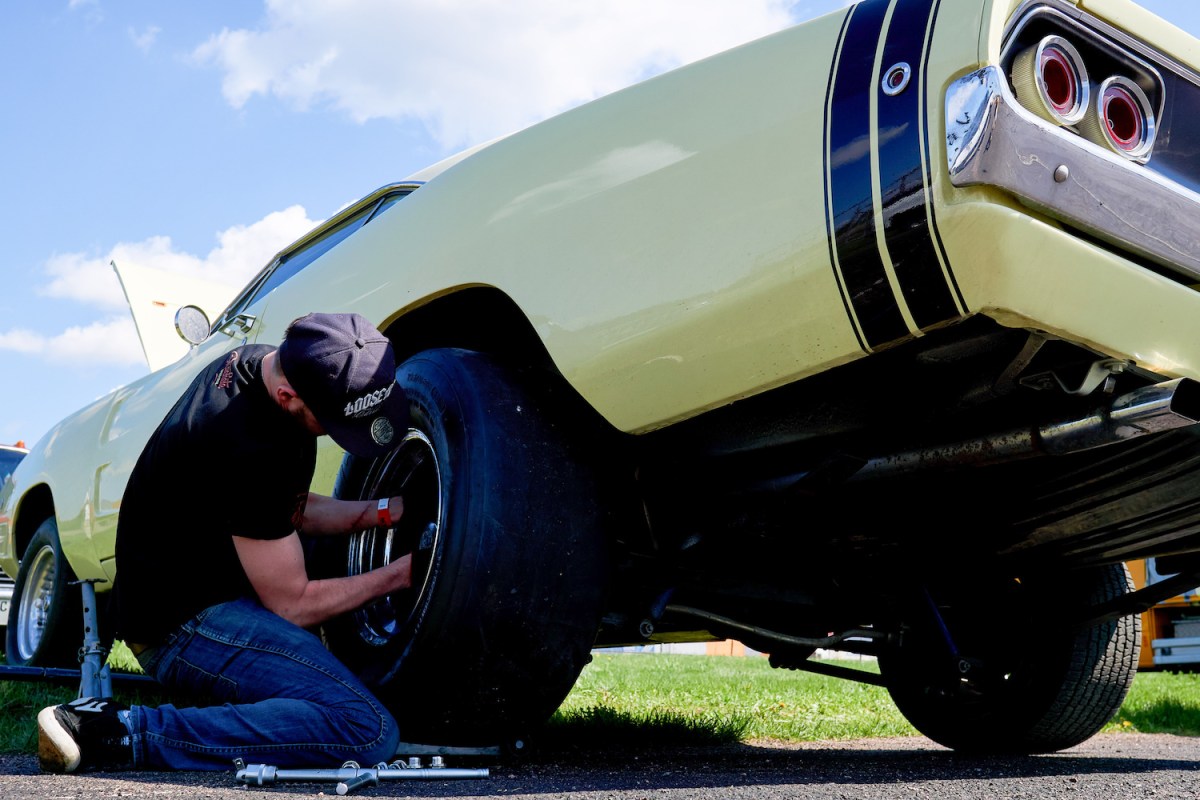
The Pros and Cons of Changing Your Sports Car’s Axle Ratio
Sports car enthusiasts seem to have a mentality of being unsatisfied. They take their sports car and spend a lot of money trying to improve it. Designers and engineers have painstakingly gone the extra mile to ensure it’s balanced and working in synchronous harmony. A lot of the time those enthusiasts will try to squeeze out some extra power with a new exhaust, or an engine tune.
With those come other complications, depending on where they live. Some enthusiasts get a little more creative with their modifications and go for a lower axle ratio. It makes the car feel faster off the line and is completely street legal. It sounds too good to be true, and as predicted there are downsides.
Why change the axle ratio?

Rear-wheel-drive cars have a differential that spins the rear wheels. The speed at which those tires spin is controlled by gears inside the differential. Those gears operate to a specific ratio. For instance, SN95 Mustang GTs had a 2.73 axle ratio. That means for each complete tire rotation, the gear inside the differential spins 2.73 times. Drivers may opt for a lower gear ratio, like a 3.55 or a 3.73 as a modification. This has the effect of increasing torque at the wheels. It’s what enthusiasts call a “seat of your pants” difference in acceleration.
What are the pros

The pros are just that. Changing to a lower ratio makes the car quicker, without adding power. It sounds counter-intuitive, so think of it as shifting the torque curve closer to the bottom end of the revs. It works in the reverse as well. If you want higher top speed and better gas mileage, changing to a higher gear ratio can spread the torque out over the power band and allow lower revs in higher gears.
What are the cons

The cons are considerable, so make sure you know what you want before changing the ratio. A lower ratio, while it will give the car more bottom-end torque, sacrifices top speed and gas mileage. Higher revs mean more fuel, and in top gear, where the car in factory-spec was running at 2,000 RPMs, now runs at 3,000 RPMs with the modified axle ratio. The car is noisier from the higher revs and uses more fuel. The road goes both ways of course. On the flip side, the taller ratios will make the car feel sluggish off the line and could be a chore to operate. It’s all about what you as a driver want to experience.
Is it worth changing the axle ratio?
It absolutely can be a worthwhile investment to change the axle ratio, depending on what you want. If you’re dissatisfied with how the car accelerates, then by all means opt for a lower gear. If the trade-off for lower top speed and more fuel usage doesn’t sound good, then maybe skip this mod. There’s plenty of other things you can do to make your car faster, but unlike changing an axle ratio they aren’t always legal.


